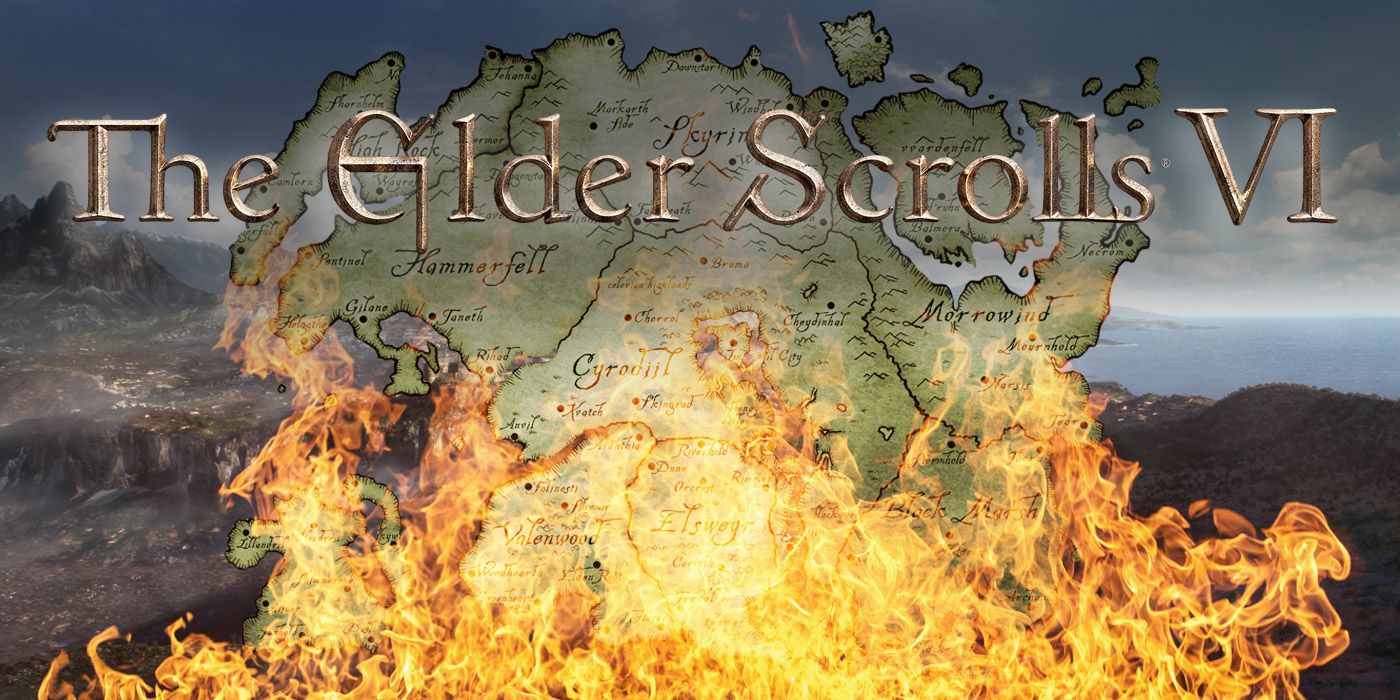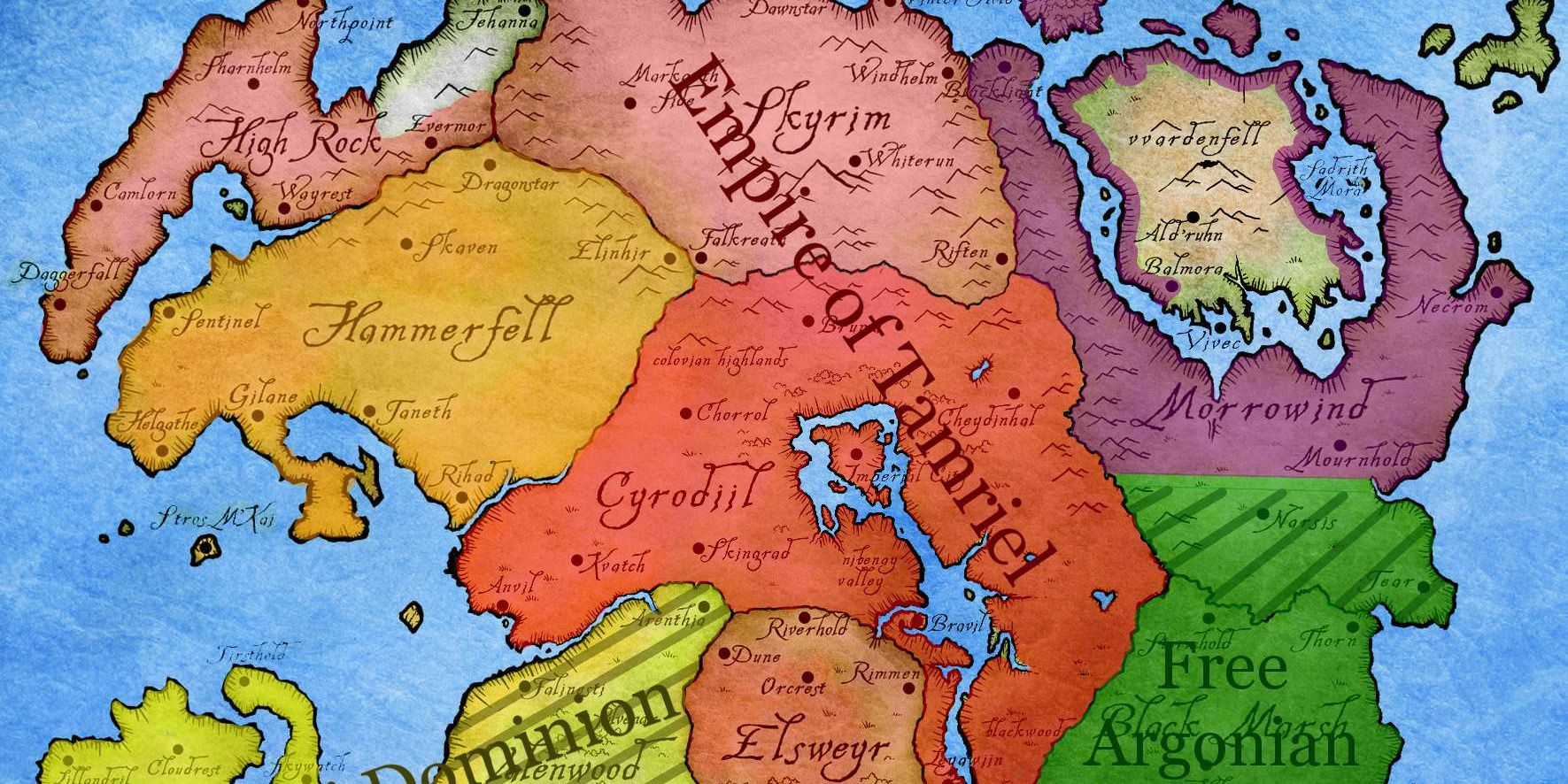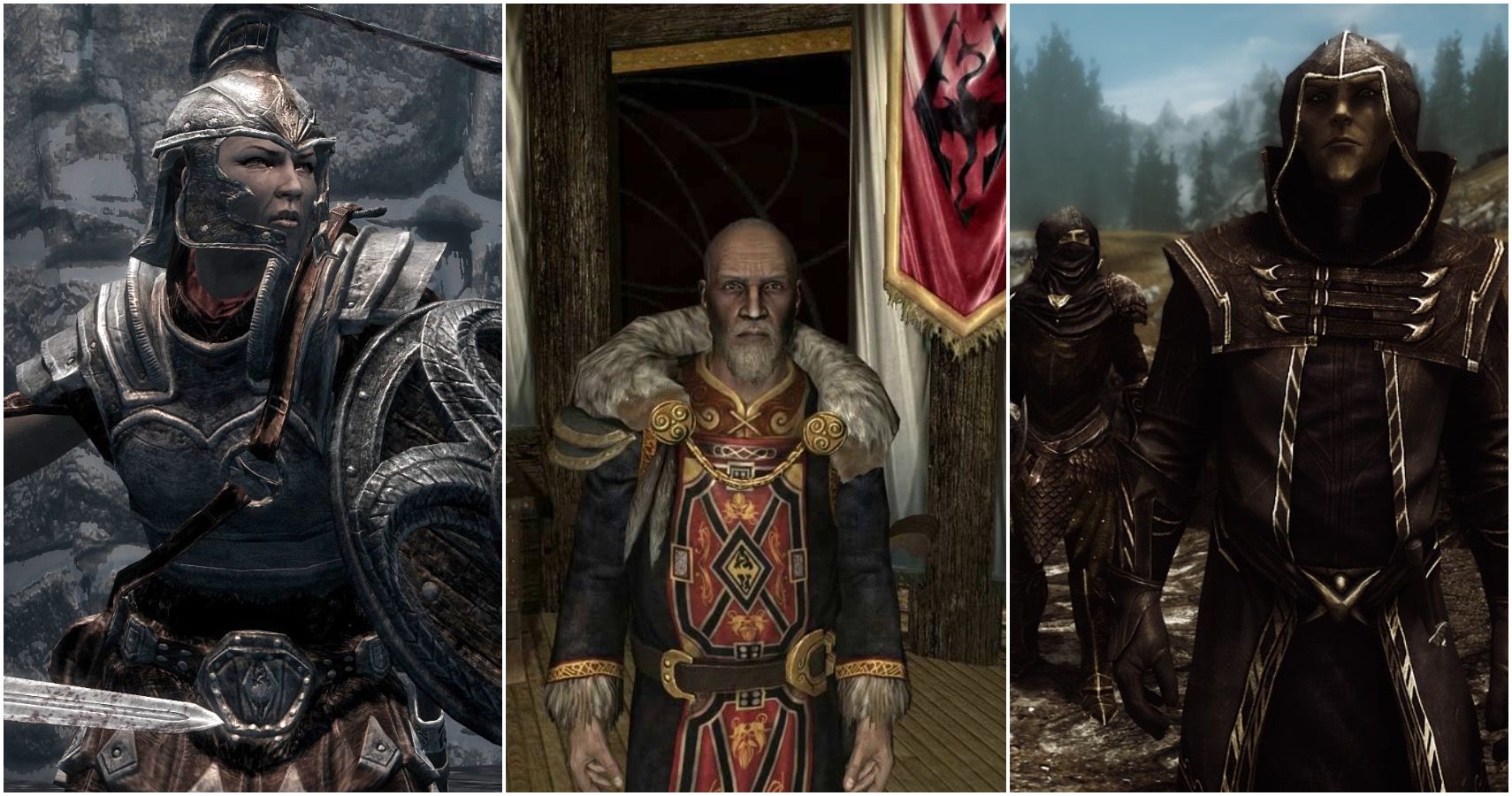Bethesda has been notably quiet about The Elder Scrolls 6 ever since the game was announced at E3 2018. Fans have speculated that the next game might be set in Hammerfell, High Rock, or even the lost continent of Yokuda. With Bethesda working on Starfield, a new RPG set for release before the next Elder Scrolls, it may be a while before the studio confirms even the most basic details about the game's setting or story.
Wherever the next game is set, there's one series staple that should be dropped from the story to make Nirn feel like a living, changing world. Based on developments in Skyrim, this change might be more likely to come in The Elder Scrolls 6 than any previous games in the franchise.
The Changing Face of Tamriel
Skyrim brought some big changes to Tamriel. The first four main games in the franchise all took place towards the end of the Third Era, under the reign of Emperor Uriel Septim the Seventh. Over the course of the events of The Elder Scrolls 4: Oblivion, the Septim Dynasty that started with Tiber Septim - AKA Talos - came to an end. Skyrim takes place in 4E 201, two centuries after the end of the Oblivion Crisis. This allowed Bethesda to explore far greater changes in the political landscape of Tamriel than seen before.
The two centuries prior to Skyrim's start saw the eruption of the Red Mountain and the near-total destruction of Vvardenfell, the setting of Morrowind. The Argonians invaded Morrowind from the south, while the Thalmor rose to power in the Summerset Isles and founded the Third Aldmeri Dominion.
The Dominion took control of Valenwood and Elsweyr and went to war with the Empire's fledging Mede Dynasty. In 4E 175 the White-Gold Concordat brought an end to the Great War between the Empire and the Dominion, with Talos worship banned across the continent. In response to the terms of the Concordat, the Skyrim Civil War broke out, and when the Redguard of Hammerfell continued fighting, the Empire was forced to give up Hammerfell as an Imperial province.
The Elder Scrolls 6: A New World
During Skyrim's Dark Brotherhood questline, the Emperor Titus Mede the Second is assassinated by the player. By the end of Skyrim's story, the Empire that existed at the end of Oblivion has lost much of Morrowind, and all of Valenwood, Elsweyr, the Summerset Isles, Hammerfell, and the Emperor himself. With the Empire standing in as a rough equivalent of the Roman Empire, Tamriel appears to be on the cusp of entering the Dark Ages, with the continent fracturing into warring factions along pre-Imperial lines.
The total collapse of the Empire would be a great starting point for The Elder Scrolls 6. For a start, it may be a necessity - the Empire's collapse would help patch over the outcome of Skyrim's Civil War regardless of which side the player chose. Second, it would make the world of Nirn feel like it could undergo real change, especially since The Elder Scrolls Online revealed that Tamriel was very similar in the Second Era in terms of technology and culture, a millennium before Skyrim.
Players could find themselves fighting for totally new factions. The Empire's collapse could even explain some citizens of Tamriel fleeing in search of new lands if the next game is set outside of the continent. Most importantly, it would render the world of The Elder Scrolls 6 totally unfamiliar, once again making it feel worthy of exploration nearly a decade after Skyrim's release, and nearly seven years since ESO opened up much more of Tamriel for exploration. Much of Skyrim points to the Empire's imminent collapse. Now, The Elder Scrolls 6 needs to deliver the killing blow to breathe new life into its world.
The Elder Scrolls 6 is in development.



